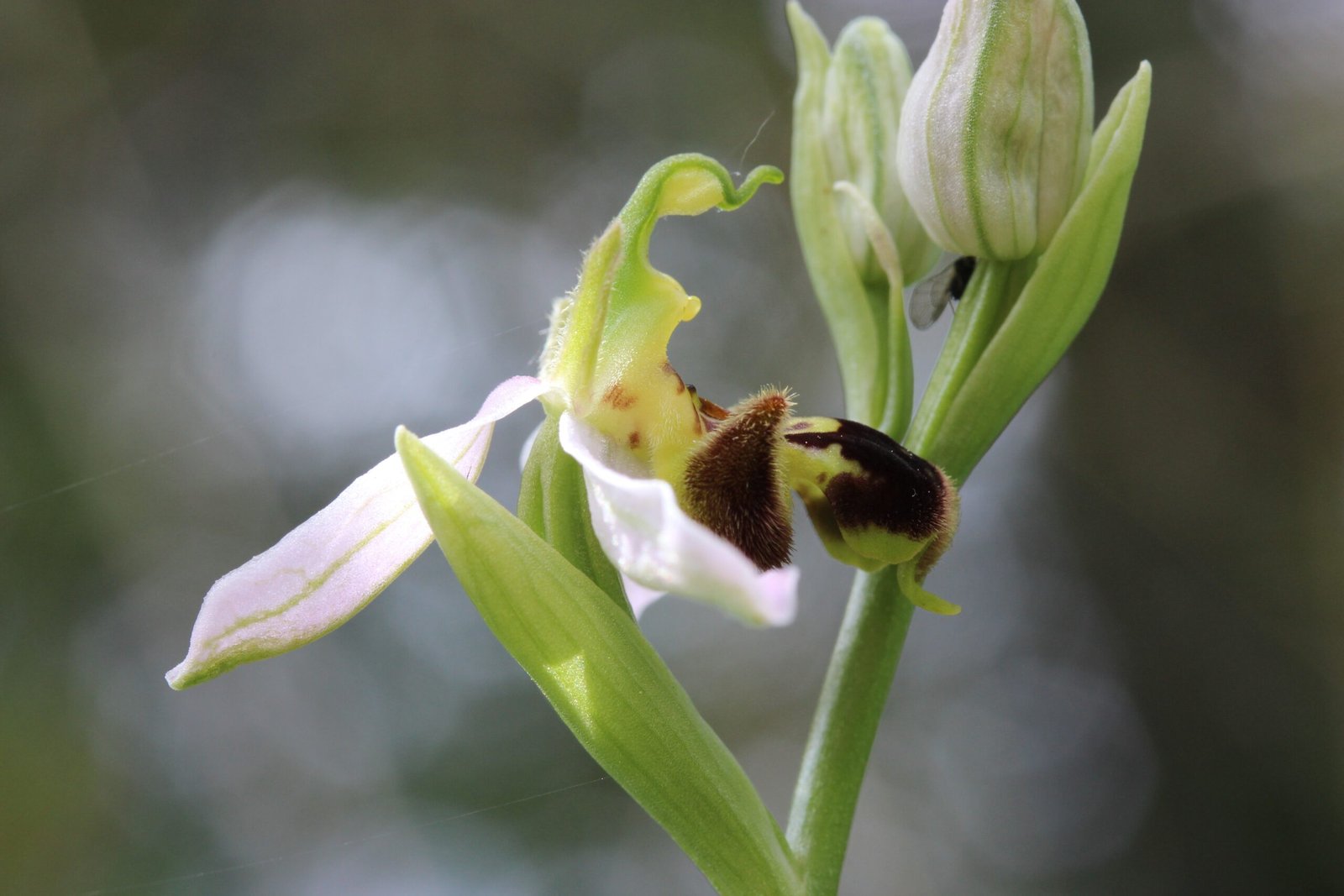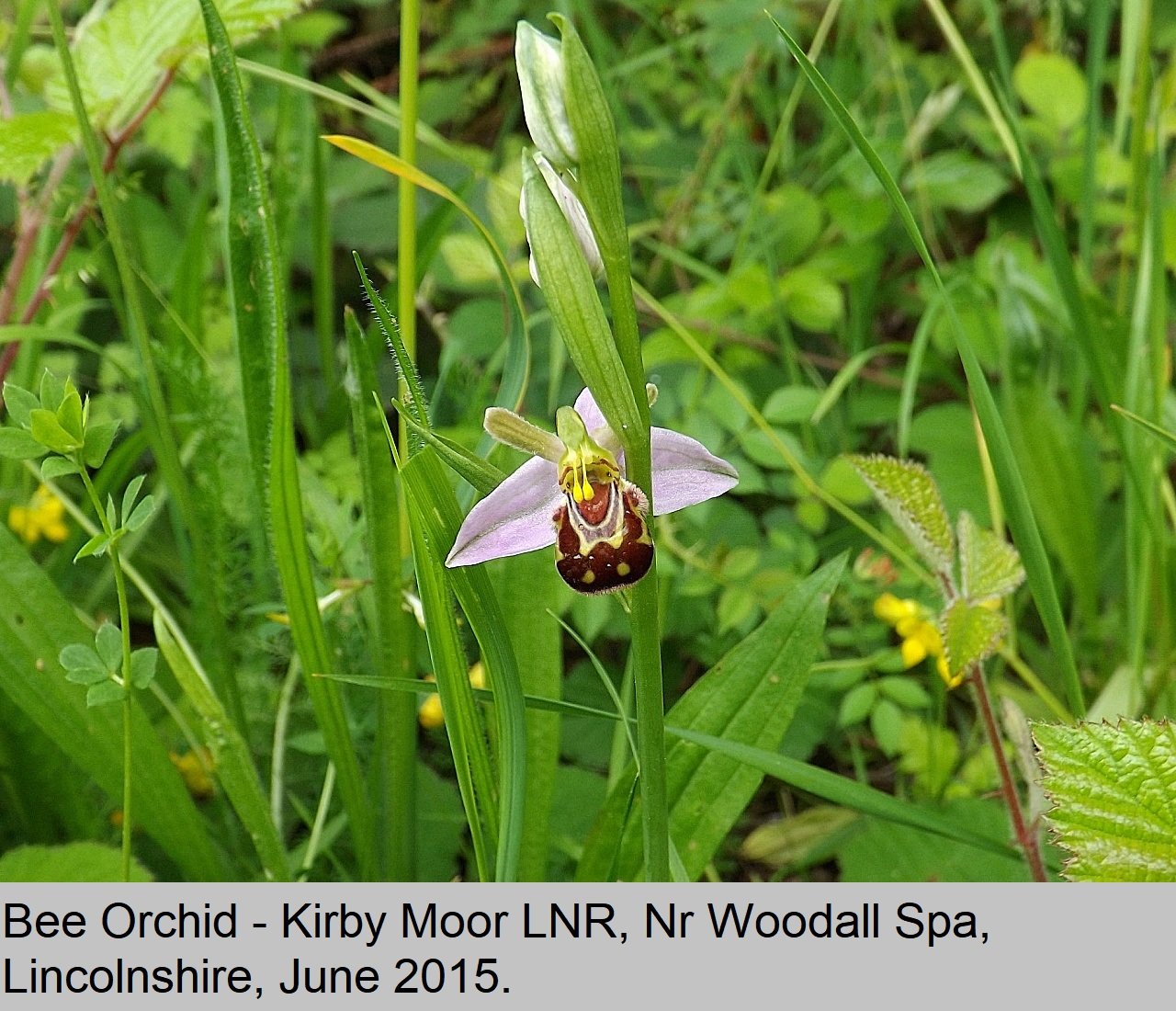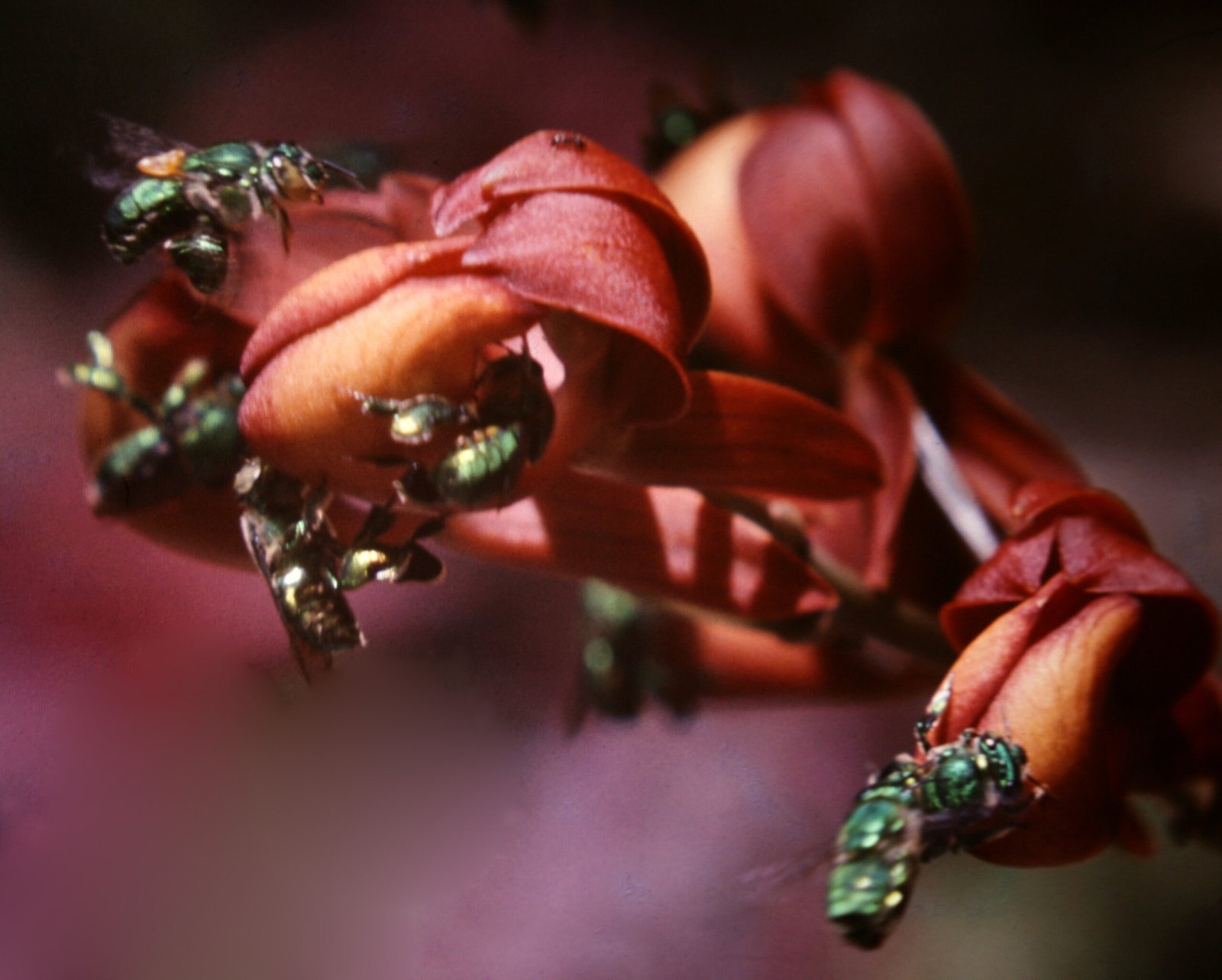Imagine walking through a sun-dappled forest, the air filled with sweet fragrances and bursts of color. Suddenly, you spot an orchid—its bloom so striking and alluring, it almost seems too perfect to be real. But what if this beauty was a master of deception, hiding an extraordinary secret? Orchids are not just pretty faces in the plant world; they are cunning tricksters. Using a dazzling arsenal of visual splendor and scent mimicry, they lure unsuspecting bees into a dance of deception. The story of how orchids manipulate bees reads like a thrilling nature mystery, where nothing is quite as it seems and every petal plays a part in an elaborate ruse.
The Art of Disguise: Orchids as Master Manipulators
Orchids have evolved into some of nature’s most convincing actors, creating blooms that imitate the look and feel of other flowers—or even insects themselves. Their petals can mimic the shape, color, and patterns of female bees, tricking male bees into thinking they’ve found a mate. This evolutionary strategy is not just a lucky accident; it’s the result of millions of years of intricate adaptation. By perfecting their disguises, orchids ensure bees will land on them, hoping for more than just nectar. This level of trickery is so sophisticated that some orchids can even match the softness and fuzziness of a bee’s body, making the illusion nearly impossible for their pollinators to resist.
Scent as a Weapon: Chemical Copycats
While the beauty of orchids can captivate humans, their real weapon against bees is invisible: scent. Orchids produce complex chemicals that mimic the pheromones of female bees, sending out an irresistible signal to males. When a male bee catches a whiff of these scents, it is drawn in, often convinced it has found a receptive partner. The chemical composition of these scents is so precise that bees are frequently fooled, even ignoring real females in favor of the deceptive orchid. Scientists have found that some orchids can produce dozens of different scent compounds, fine-tuned to the preferences of specific bee species.
Pseudocopulation: A Risky Romance

One of the most astonishing tricks in the orchid playbook is pseudocopulation. In this bizarre interaction, male bees attempt to mate with orchid flowers, mistaking them for female bees. The flower’s shape, color, texture, and scent all contribute to this incredible illusion. During this process, pollen sacs from the orchid attach to the bee’s body, ensuring the bee will carry the pollen to another flower. For the bee, the encounter may be a frustrating failure, but for the orchid, it’s a triumph of evolutionary strategy. This strange romance is both a marvel and a reminder of nature’s untamed imagination.
Color and Pattern: Visual Lures for Pollinators
Orchids are experts at using color and pattern to attract their bee targets. Many species display vibrant hues such as electric blues, fiery reds, and dazzling yellows, often with intricate markings that guide bees to the flower’s reproductive parts. Some orchids even sport ultraviolet patterns visible only to insects, making their invitation irresistible. These visual cues are not random; they are carefully evolved features that play on bees’ natural instincts and preferences. The result is a flower that acts like a neon sign, beckoning pollinators with a promise that is often an illusion.
Tactile Illusions: The Feel of the Flower
The deception doesn’t end with sight and smell. Orchids have developed textured surfaces that mimic the feel of a bee’s body. Some petals are covered in soft, velvety hairs or have a pliable, fleshy texture that enhances the illusion of a living mate. This tactile mimicry can seal the deal for a confused bee, making the encounter feel even more authentic. These physical adaptations are the finishing touches in the orchid’s disguise, convincing bees to linger and interact long enough to pick up or deposit pollen.
Timing is Everything: Synchronized Blooms and Bee Activity

Orchids often time their flowering to coincide with the peak activity of their target bee species. By opening their blooms only when bees are most abundant and searching for mates, orchids maximize the chances of successful pollination. Some species even release their scents at specific times of day, aligning perfectly with when male bees are on the hunt. This remarkable synchronization between plant and pollinator is a testament to the precision of natural selection. It illustrates how deeply interconnected the lives of orchids and bees have become.
The Cost for Bees: Duped But Not Doomed
While bees may be tricked by orchids, the relationship is not always one-sided or destructive. Although a male bee may waste time and energy on a flower rather than a real mate, he is not usually harmed. In fact, the repeated encounters with deceptive orchids may even help bees learn to distinguish real partners from floral fakes over time. However, for young or inexperienced bees, the allure of an orchid can be overwhelming, leading to repeated attempts at pseudocopulation. This evolutionary arms race keeps both orchids and bees in a constant state of adaptation and counter-adaptation.
Evolution’s Endless Game: Arms Races in the Wild
The ongoing struggle between orchids and their bee pollinators is a classic example of coevolution. As orchids refine their disguises, bees develop new strategies to avoid being fooled. Some bee species have learned to ignore certain orchid scents or to approach flowers more cautiously. In response, orchids may evolve even more convincing mimics or shift their strategies altogether. This evolutionary tug-of-war drives the incredible diversity and complexity seen in both orchids and bees, ensuring that their relationship remains dynamic and ever-changing.
Orchid Diversity: A World of Deception
There are over 25,000 species of orchids worldwide, each with its own unique approach to tricking pollinators. Some, like the fly orchid and the hammer orchid, are famous for their uncanny mimicry of specific bee species. Others use more general strategies, attracting a wider range of insect visitors. The sheer variety of deceptive tactics on display in the orchid family is a testament to the boundless creativity of evolution. Every continent except Antarctica boasts its own array of orchid tricksters, each playing a part in this global game of deception.
The Human Fascination: Orchids in Culture and Science
For centuries, orchids have captivated humans as much as they have bees. These flowers are prized in horticulture for their exotic beauty and mysterious allure. Scientists, too, are drawn to orchids, seeing in them a window into the mechanics of evolution and the complexity of ecological relationships. The intricate relationship between orchids and bees continues to inspire research, art, and imagination, reminding us of the hidden dramas that unfold in every garden and forest.
A Call to Wonder: Protecting Nature’s Greatest Tricksters

The story of orchids and bees is more than a curious natural phenomenon—it is a vivid reminder of the incredible ingenuity woven into the fabric of life. As habitats shrink and pollinators face new threats, these delicate interactions are at risk. Protecting orchids and their bee partners means safeguarding the rich tapestry of deception, beauty, and surprise that makes our world so enchanting. Next time you see an orchid, will you look for the hidden story behind its beauty?




